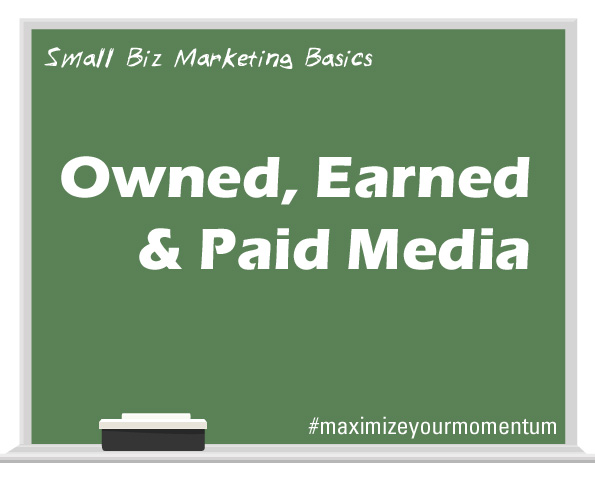As Loretta Castorini would say, Snap out of it!
If you are throwing everything at the wall to see what sticks, relying solely on free methods and spare time, you are not marketing. Without a plan, budget and dedicated resources (labor and time), “Moonstruck” may better describe your marketing efforts than the title of an award-winning film.
Most small businesses spend 20 hour per week on marketing (Source: smallbiztrends.com) and exceed the SBA recommendation of allocating seven to eight percent of their budgets to marketing (Source: HartfordBusiness.com). They realize that a strong competitive environment requires an investment. In previous posts, we have underscored the importance of a marketing plan, shared how to make marketing a line-item budget priority and revealed a few secrets of social advertising. In Content Marketing for Local Businesses: Get Creative & Pay to Play, Will Scott, a guest author for SearchEngineLand.com, provides an excellent overview on how small businesses can capitalize on creative content. Here are a few highlights.
Now, search engines like Google have become even more sophisticated, rewarding content that is of real interest or value to consumers. In a world littered with information, small, local businesses must be ever more sophisticated about the content they create and where and how it gets distributed.
Even small businesses face strong competition to get attention for their content on social media, for example, is getting fierce. Some 40 million small businesses have a Facebook page, according to The Wall Street Journal. In late February, Facebook released its latest active advertisers statistics, which rose to 2 million from 1.5 million in July 2014. And guess what? The lion’s share of those active advertisers are small and medium-sized businesses.
Those Facebook figures illustrate the point perfectly: In the crowded space of the Internet and social media, where everyone seems to be hawking their message, getting in front of the target consumer means a local business must first secure good content then pay for inclusion or promotion in the right outlets.
Sorry, it’s not all available for free in a content-littered world. With so much great content flowing online — through numerous, constantly-updating information avenues — it can be a struggle to get noticed. Getting traction for good content is now a matter of paying to play.
Pay-to-play is a hard reality when sharing content on social media platforms (like Facebook, for example) in order to get near the reach a small business needs. But with a little bit of social media seeding, small businesses today can make sure this kind of good content reaches the people who are interested. So it comes as no surprise that small businesses spend an estimated $5 to $50 a day on promoted posts and ads on Facebook, according to Reuters.
Is your small business committed to marketing or simply Moonstruck? Feel free to share your thoughts and advice for the SMB community in the comments section of this post.
For daily marketing communications news, subscribe to LGK’s free, online, MarCom Digest.









